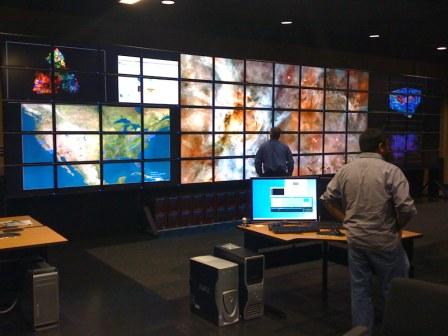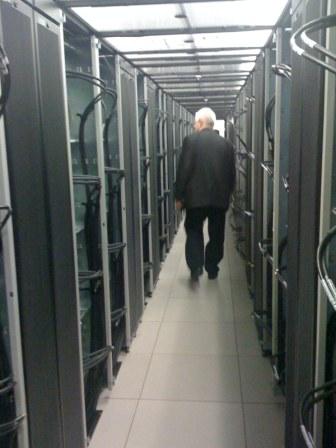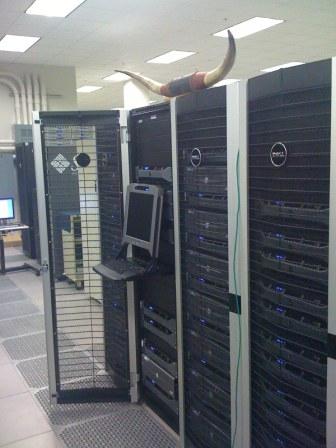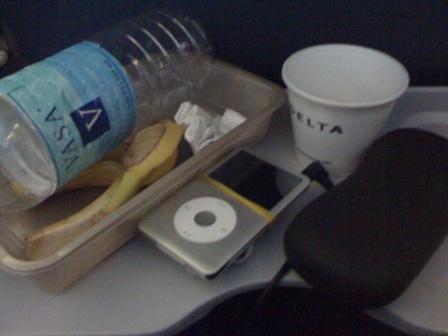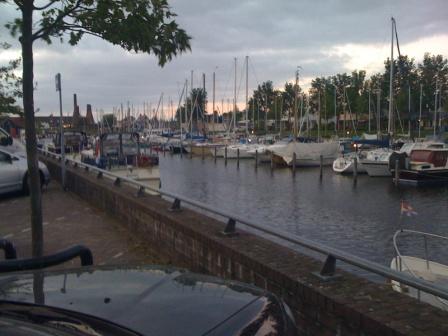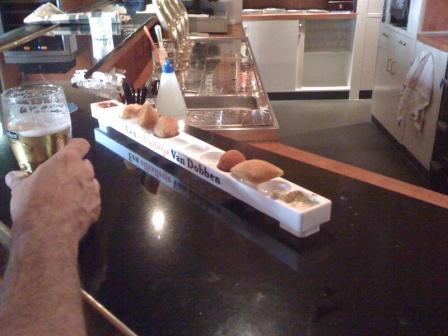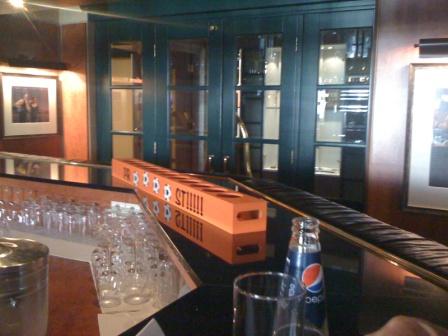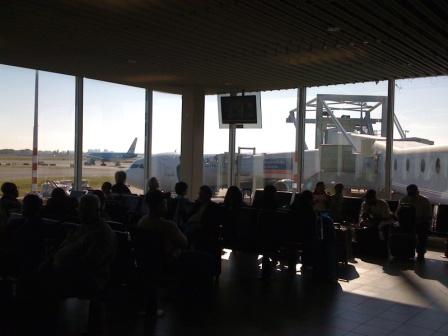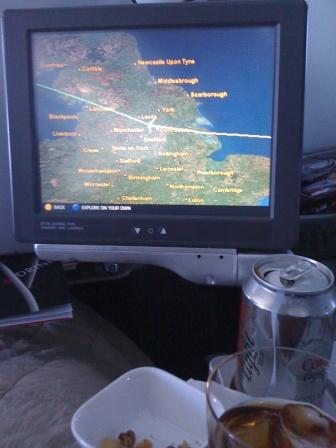
Over the past couple of weeks there has been a flurry of IT industry activity around data footprint impact reduction with Dell buying Ocarina and IBM acquiring Storwize. For those who want the quick (compacted, reduced) synopsis of what Dell buying Ocarina as well as IBM acquiring Storwize means read the first post in this two part series as well as some of my comments here and here.
This piece and it companion in part I of this two part series is about expanding the discussion to the much larger opportunity for vendors or vars of overall data footprint impact reduction beyond where they are currently focused. Likewise, this is about IT customers realizing that there are more opportunities to address data and storage optimization across your entire organization using various techniques instead of just focusing on backup or vmware virtual servers.
Who is Ocarina and Storwize?
Ocarina is a data and storage management software startup focused on data footprint reduction using a variety of approaches, techniques and algorithms. They differ from the traditional data dedupers (e.g. Asigra, Bakbone, Commvault, EMC Avamar, Datadomain and Networker, Exagrid, Falconstor, HP, IBM Protectier and TSM, Quantum, Sepaton and Symantec among others) by looking at data footprint reduction beyond just backup.
This means looking at how to reduce data footprint across different types of data including videos, image as well as text based documents among others. As a result, the market sweet spot for Ocarina is for general data footprint reduction including static along with active data including entertainment, video surveillance or gaming, reference data, web 2.0 and other bulk storage application data needs (this should compliment Dells recent Exanet acquisition).
What this means is that Ocarina is very well suited to address the rapidly growing amount of unstructured data that may not otherwise be handled as efficiently with by dedupe alone.
Storwize is a data and storage management startup focused on data footprint reduction using inline compression with an emphasis on maintaining performance for reads as well as writes of unstructured as well as structured database data. Consequently the market sweet spot for Storwize is around boosting the capacity of existing NAS storage systems from different vendors without negatively impacting performance. The trade off of the Storwize approach is that you do not get the spectacular data reduction ratios associated with backup centric or focused dedupe, however, you maintain performance associated with online storage that some dedupers dream of.
Both Dell and IBM have existing dedupe solutions for general purpose as well as backup along with other data footprint impact reduction tools (either owned or via partners). Now they are both expanding their focus and reach similar to what others such as EMC, HP, NetApp, Oracle and Symantec among others are doing. What this means is that someone at Dell and IBM see that there is much more to data footprint impact reduction than just a focus on dedupe for backup.
Wait, what does all of this discussion (or read here for background issues, challenges and opportunities) about unstructured data and changing access lifecycles have to do with dedupe, Ocarina and Storwize?
Continue reading on as this is about the expanding opportunity for data footprint reduction across entire organizations. That is, more data is being kept online and expanding data footprint impact needs to be addressed to meet business objectives using various techniques balancing performance, availability, capacity and energy or economics (PACE).

What does all of this have to do with IBM buying Storwize and Dell acquiring Ocarina?
If you have not pieced this together yet, let me net it out.
This is about the opportunity to address the organization wide expanding data footprint impact across all applications, types of data as well as tiers of storage to support business growth (more data to store) while maintaining QoS yet reduce per unit costs including management.
This is about expanding the story to the broader data footprint impact reduction from the more narrowly focused backup and dedupe discussion which are still in their infancy on a relative basis to their full market potential (read more here).
Now are you seeing where this is going and fits?
Does this mean IBM and Dell defocus on their existing Dedupe product lines or partners?
I do not believe so, at least as long as their respective revenue prevention departments are kept on the sidelines and off of the field of play. What I mean by this is that the challenge for IBM and Dell is similar to that of what others such as EMC are faced with having diverse portfolios or technology toolboxes. The challenge is messaging to the bigger issues, then aligning the right tool to the task at hand to address given issues and opportunities instead of singularly focused on a specific product causing revenue prevention elsewhere.
As an example, for backup, I would expect Dell to continue to work with its existing dedupe backup centric partners and technologies however find new opportunities to leverage their Ocarina solution. Likewise, IBM I would expect to continue to show customers where Tivoli software based dedupe or Protectier (aka the deduper formerly known as Diligent) or other target based dedupe fits and expand into other data footprint impact areas with Storewize.
Does this change the playing field?
IMHO these moves as well as some previous moves by the likes of EMC and NetApp among others are examples of expanding the scope and dimension of the playing field. That is, the focus is much more than just dedupe for backup or of virtual machines (e.g. VMware vSphere or Microsoft HyperV).
This signals a growing awareness around the much larger and broader opportunity around organization wide data footprint impact reduction. In the broader context some applications or data gets compressed either in application software such as databases, file systems, operating systems or even hypervisors as well as in networks using protocol or bandwidth optimizers as well as inline compression or post processing techniques as has been the case with streaming tape devices for some time.
This also means that where with dedupe the primary focus or marketing angle up until recently has been around reduction ratios, to meet the needs of time or performance sensitive applications data transfer rates also become important.
Hence the role of policy based data footprint reduction where the right tool or technique to meet specific service requirements is applied. For those vendors with a diverse data footprint impact reduction tool kit including archive, compression, dedupe, thin provision among other techniques, I would expect to hear expanded messaging around the theme of applying the right tool to the task at hand.
Does this mean Dell bought Ocarina to accessorize EqualLogic?
Perhaps, however that would then beg the question of why EqualLogic needs accessorizing. Granted there are many EqualLogic along with other Dell sold storage systems attached to Dell and other vendors servers operating as NFS or Windows CIFS file servers that are candidates for Ocarina. However there are also many environments that do not yet include Dell EqualLogic solutions where Ocarina is a means for Dell to extend their reach enabling those organizations to do more with what they have while supporting growth.
In other words, Ocarina can be used to accessorize, or, it can be used to generate and create pull through for various Dell products. I also see a very strong affinity and opportunity for Dell to combine their recent Exanet NAS storage clustering software with Dell servers, storage to create bulk or scale out solutions similar to what HP and other vendors have done. Of course what Dell does with the Ocarina software over time, where they integrate it into their own products as well as OEM to others should be interesting to watch or speculate upon.
Does this mean IBM bought Storwize to accessorize XIV?
Well, I guess if you put a gateway (or software on a server which is the same thing) in front of XIV to transform it into a NAS system, sure, then Storwize could be used to increase the net usable capacity of the XIV installed base. However that is a lot of work and cost for what is on a relative basis a small footprint, yet it is a viable option never the less.
IMHO IBM has much more of a play, perhaps a home run by walking before they run by placing Storwize in front of their existing large installed base of NetApp N series (not to mention targeting NetApps own install base) as well as complimenting their SONAS solutions. From there as IBM gets their legs and mojo, they could go on the attack by going after other vendors NAS solutions with an efficiency story similar to how IBM server groups target other vendors server business for takeout opportunities except in a complimenting manner.
Longer term I would not be surprised to see IBM continue development of the block based IP (as well as file) in the storwize product for deployment in solutions ranging from SVC to their own or OEM based products along with articulating their comprehensive data footprint reduction solution portfolio. What will be important for IBM to do is articulating what solution to use when, where, why and how without confusing their customers, partners and rest of the industry (something that Dell will also have to do).
Some links for additional reading on the above and related topics
Wrap up (for now)
Organizations of all shape and size are encountering some form of growing data footprint impact that currently, or soon will need to be addressed. Given that different applications and types of data along with associated storage mediums or tiers have various performance, availability, capacity, energy as well as economic characteristics multiple data footprint impact reduction tools or techniques are needed. What this all means is that the focus of data footprint reduction is expanding beyond that of just dedupe for backup or other early deployment scenarios.
Note what this means is that dedupe has an even brighter future than where it currently is focused which is still only scratching the surface of potential market adoption as was discussed in part 1 of this series.
However this also means that dedupe is not the only solution to all data footprint reduction scenarios. Other techniques including archiving, compression, data management, thin provisioning, data deletion, tiered storage and consolidation will start to gain respect, coverage discussions and debates.
Bottom line, use the most applicable technologies or combinations along with best practice for the task and activity at hand.
For some applications reduction ratios are an important focus on the tools or modes of operations that achieve those results.
Likewise for other applications where the focus is on performance with some data reduction benefit, tools are optimized for performance first and reduction secondary.
Thus I expect messaging from some vendors to adjust (expand) to those capabilities that they have in their toolboxes (product portfolios) offerings
Consequently, IMHO some of the backup centric dedupe solutions may find themselves in niche roles in the future unless they can diversity. Vendors with multiple data footprint reduction tools will also do better than those with only a single function or focused tool.
However for those who only have a single or perhaps a couple of tools, well, guess what the approach and messaging will be. After all, if all you have is a hammer everything looks like a nail, if all you have is a screw driver, well, you get the picture.
On the other hand, if you are still not clear on what all this means, send me a note, give a call, post a comment or a tweet and will be happy to discuss with you.
Oh, FWIW, if interested, disclosure: Storwize was a client a couple of years ago.
Ok, nuff said.
Cheers gs
Greg Schulz – Author Cloud and Virtual Data Storage Networking (CRC Press), The Green and Virtual Data Center (CRC Press) and Resilient Storage Networks (Elsevier)
twitter @storageio
All Comments, (C) and (TM) belong to their owners/posters, Other content (C) Copyright 2006-2024 Server StorageIO and UnlimitedIO LLC All Rights Reserved























